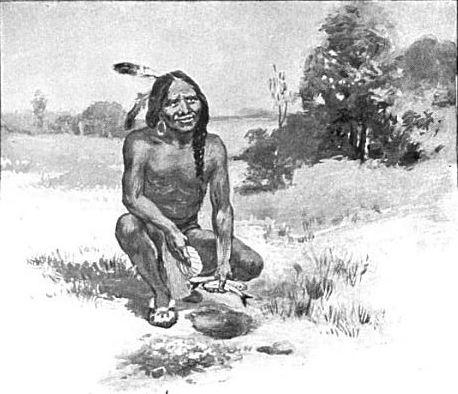Disclosure: I was sent a digital copy of this book in exchange for an honest review. All opinions are my own.
It is hard to believe November is almost over and harder for me to believe that I have not shared any resources for Native American Heritage Month. It is one of my favorite heritage months! Although I do share various Native American books throughout the year, I almost always have something new for November! Today I get to share with you a wonderful new picture book written by Native Americans or First Peoples that share a Native American story of the first Thanksgiving based on stories from the Wampanoag. The book is Keepunumuk: Weeâchumun's Thanksgiving Story by Danielle Greendeer, Anthony Perry and Alexis Bunten and illustrated by Garry Meeches Sr. It is recommended for ages 3 to 7.













